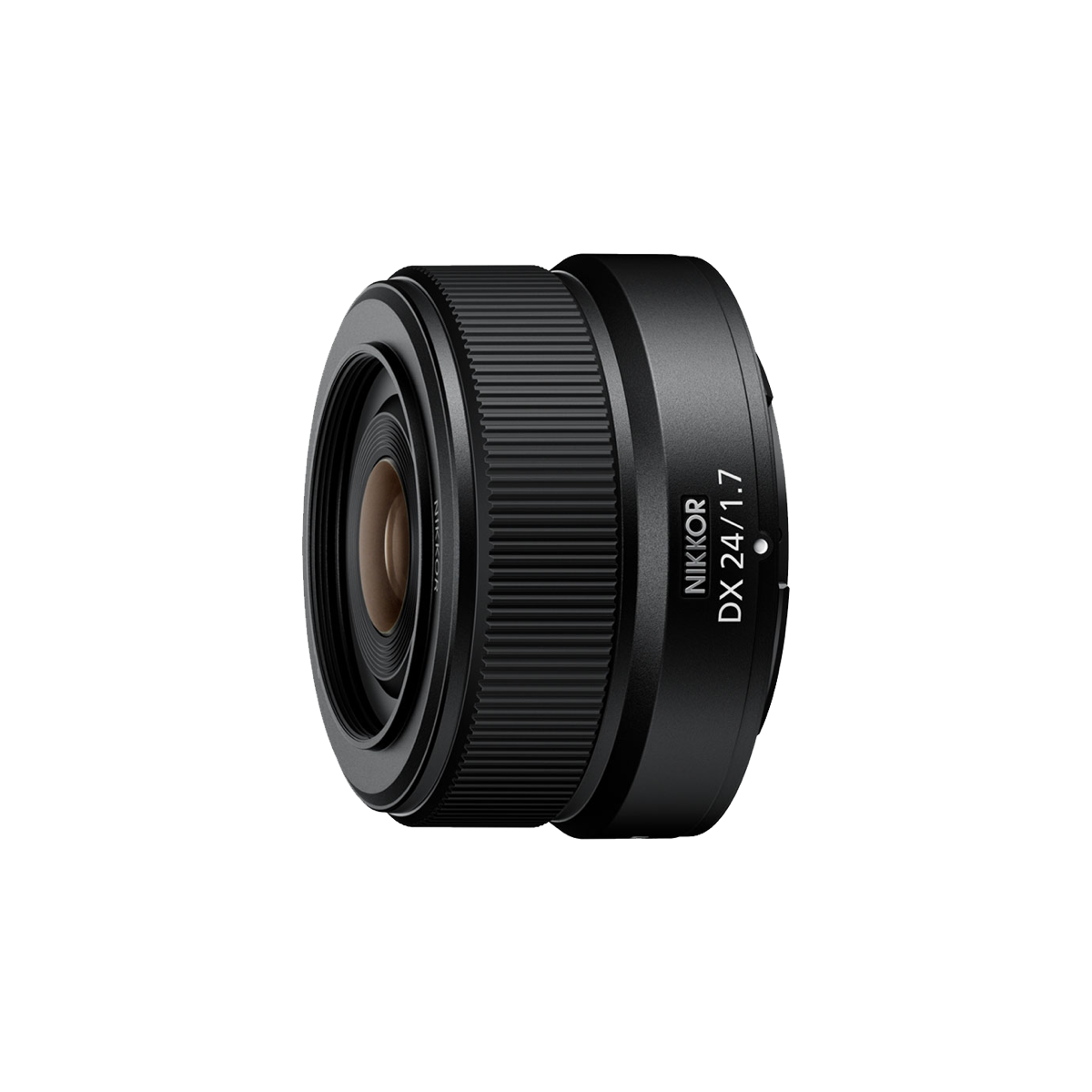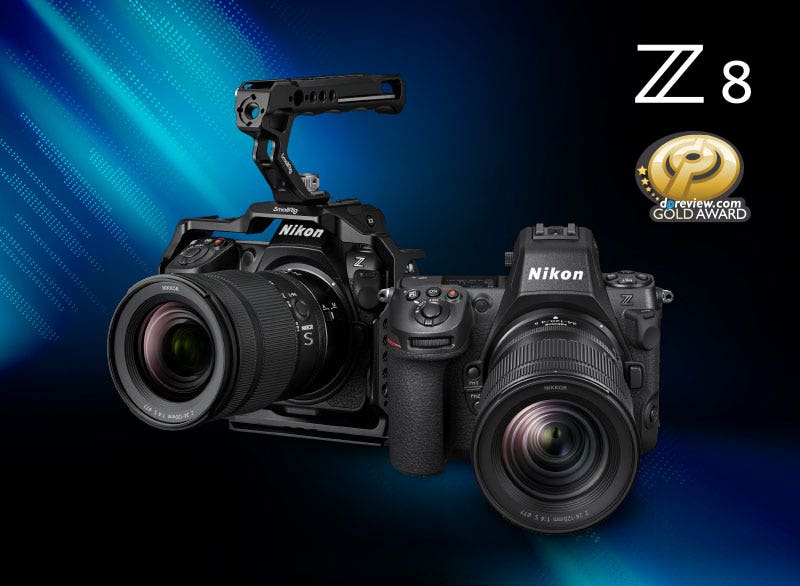Nikon Asia and its corporate websites and external third-party partners use cookies to improve our website and enhance your user experience. We use analytic cookies and marketing cookies to learn from user information, personalise advertisements and measure their effectiveness. These cookies track information such as how users navigate and use our website, users' analytics, and data on users' purchases. By clicking on "Accept Cookies" or continuing to browse without changing your settings, you agree and consent to the use of cookies by this website. For more information, please view our Privacy Policy
Where the journey begins.


Meet your first prime.
Let your visuals stand out with the NIKKOR Z DX 24mm f/1.7, an all-purpose lens that takes your vlogs, selfies, cityscape, and snapshots to new levels. With its large aperture, you can create beautiful bokeh effortlessly, and render sharp and clear images even under low light conditions. It is the first prime lens in the NIKKOR Z DX-format category – a perfect balance between value and functionality.


A Dreamy Portrait.
Make your portrait photos pop. Surround your subject with beautiful bokeh – with its f/1.7 fast maximum aperture and 0.18m minimum focus distance, the NIKKOR Z DX 24mm f/1.7 can easily create depth of field, which puts your subject on centre stage against a dreamy background.
Brighter, sharper, clearer.
Keep your images sharp and clear, even when shooting in the dark. The NIKKOR Z DX 24mm f/1.7 has a large maximum aperture of f/1.7 that lets more light in, so you won’t have to compromise the ISO or shutter speed even when shooting in low light, or when capturing erratic moments.
Capturing every moment.
It’s fair to say the NIKKOR Z DX 24mm f/1.7 is an all-purpose lens. Its fixed focal length of 24mm and 0.18m minimum focus distance make a versatile angle of view, allowing you to capture a wide range of scenes for everyday purposes, from landscapes to street snaps, from food shots to portraits. Its short minimum focus distance also helps you get closer to your subjects, making close-up shots like food and flowers easily achieved.
Small and light.
Document your everyday life without being weighted down. The NIKKOR Z DX 24mm f/1.7 is designed with dust- and drip-resistant performance¹ preventing unwanted elements from entering the lens. The lens only weighs approximately 135g and measures around 40mm (H) x 70mm (D). Perfect with the Z 30, weighing less than a bottle of 600-ml water even when combined (approximately 540 g). So compact and lightweight that you can easily fit the lens into your everyday bag.


Sleek, smooth videos.
Tell your stories not only through stills, but also videos with the NIKKOR Z DX 24mm f/1.7. This lens will keep your videos undisturbed with the adoption of the stepping motor and a customisable control ring that reduces operational clicking sounds.
With the focus breathing² compensation that minimises the change in angle of view when you shift focus from one subject to another, your video is filmed naturally and smoothly. That way you can keep your post-editing work minimal.
Technology.


Stepping Motor
NIKKOR Z lenses use a stepping motor for fast, accurate, smooth, quiet autofocus with reduced wobbling. This quiet drive system makes the lenses ideal for use when shooting video.


Electromagnetic Diaphragm Mechanism
An electromagnetic diaphragm mechanism in the lens barrel provides highly accurate electronic diaphragm or aperture blade control when using auto exposure during continuous shooting.


Aspherical Lens
A lens with a curved, non-spherical surface. Used to reduce aberrations and enable a more compact lens size. Aspherical lenses minimise coma and other types of lens aberrations, even when used at the widest aperture. They are particularly useful in correcting distortion in wide-angle lenses and help contribute to a lighter, more compact design by reducing the number of standard (spherical) elements necessary. Aspherical lens elements correct these distortions by continuously changing the refractive index from the centre of the lens.
1 Perfect dustproof and waterproof performance is not guaranteed under all conditions.
² Focus breathing may be noticeable depending on the distance between the lens and the subject due to the characteristics of the lens.

